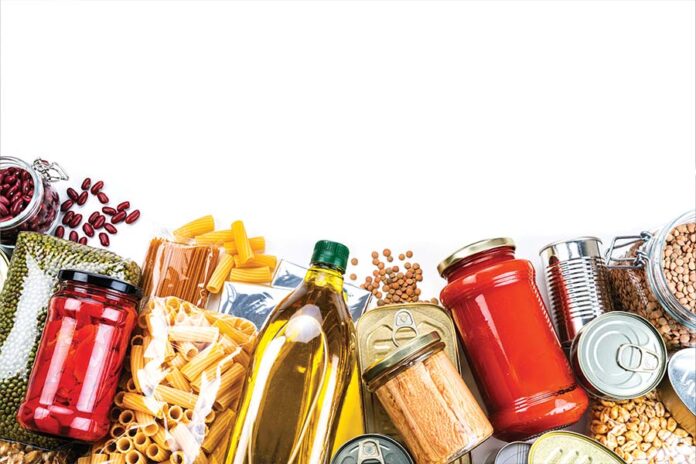On 12 April 2021, the General Administration of Customs of China (GACC) issued Order No. 248, which sets out new requirements for the registration of qualified foreign food producers that are allowed to export food products to China, effective from 1 January 2022. This order represents a significant move toward tightening up the regulation of foreign-made food products imported into China.
The key changes as applicable to foreign food producers under the order include the following:
- Order No. 248 expands the scope of food products subject to registration requirements from limited categories of food products (e.g. meat, dairy, aquatic, etc.) previously defined by a government-issued catalogue to all foreign-made food products.
- The registration procedures under the new scheme bifurcate between: (1) the 18 types of food products of which the foreign producers can only register through the recommendation of the GACC’s counterpart in the country of export (the 18-type category); and (2) those of which the foreign producers can directly register with the GACC by making an online submission.
- The order imposes a new labelling requirement for all food products imported into China to include the registration number on the label of the inner and outer packaging of the food products, which China Customs will examine and verify at the border prior to granting customs clearance. Depending on the relevant category of food, the foreign parties involved in the supply chain required to be registered and identified on the label may include those conducting farming, manufacturing, storage and/or transportation outside of China.
REGISTRATION PROCESS
As the order is coming into force soon, one of the key challenges faced by foreign food producers is in ensuring that the registration process can be completed in a timely manner so that they have sufficient time to take transitional actions such as reprinting of product labels with the relevant registration number under the new scheme.
In this regard, we observe that certain corresponding authorities of China’s trading partners in the food industry have already completed the first round of application collection from its local food producers of the 18-type category. However, it remains unclear whether the necessary negotiations between the GACC and its respective foreign counterparts are completed.
Such negotiations are critical, especially for the 18-type category of food, for which the required producer registrations cannot be obtained without a bilateral protocol between the in-charge authorities to facilitate document exchange and alignment on the critical criteria for food safety.
The delay in the completion of such a negotiation process may require the GACC to designate a “grace period” for the smooth transition to the new regulatory scheme. It is worth noting that although a number of China’s trading partners have requested and urged China to delay the implementation of the order to allow for sufficient transitional time to comply with the order with a view to avoiding supply chain disruption for businesses, at the time of writing there has been no suggestion that a delayed implementation or grace period will be granted.
Businesses involved in the export of food products to China should carefully consider the requirements of the order and keep abreast of developments with respect to the same to ensure continual compliance and non-disruption of their supply chains.
Business Law Digest is compiled with the assistance of Baker McKenzie. Readers should not act on this information without seeking professional legal advice. You can contact Baker McKenzie by e-mailing Howard Wu (Shanghai) at howard.wu@bakermckenzie.com






















